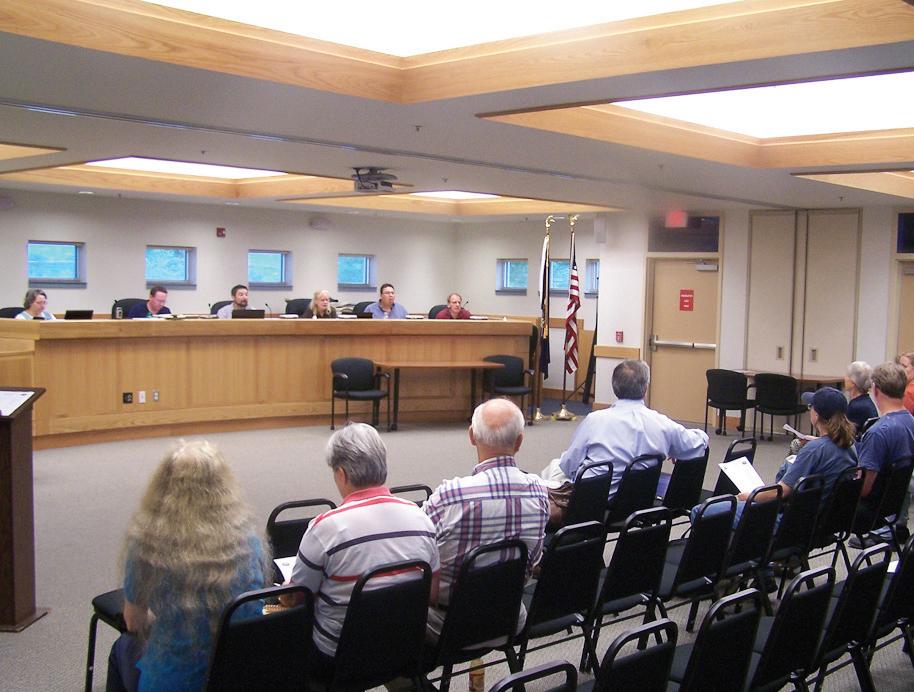
2 minute read
INTRODUCTION
If the pebble analogy were to apply to zoning, then it should be described as a boulder that hasn't just caused ripples...it has created a slow-building tsunami, the impacts of which are now only being fully understood. The seemingly benign zoning ordinance has, for many, eroded housing choice, washed away access to better schools and jobs, and drowned out opportunities to increase housing supply. Planners are now stepping back to evaluate how zoning must be modernized to reflect today's realities. This Toolkit is a first step to understanding what Michigan communities can do to stem the tide.
Zoning is the mechanism that dictates land development decisions and, ultimately, determines the patterns of our built environment. Minimum lot dimensions, maximum densities, use districts, and other regulations have shaped how - and where - we live, work, and play. Zoning influences: • Where businesses can grow; • If the workforce can find housing at a price point that fits their paycheck; • How much time and resources must be dedicated to a commute; • If a family's school-age children can attend a good school district; • Whether aging adults can stay in their neighborhood; and even • What an individual's life expectancy is likely to be simply simply by knowing their zip code. Zoning has become a complex bundle of rules that attempts to protect owners of detached single-family from change. It also insures those residents have the loudest voices, because only that single housing type is permitted on most of the land. Fears about loss of property value, crime, traffic, and other misconceptions have been debunked in numerous studies yet oftentimes are cited - usually without any supporting data - as reasons for a community to deny housing proposals.
If the purpose of zoning is truly to protect the public's health, safety, and general welfare then fair zoning regulations are needed to serve everyone in Michigan's communities. Healthy environments rely on diversity, balance, adaptation, and growth. We have learned that our communities are really no different. How can Michigan's villages, cities, townships, and counties evolve in a rapidly changing world if zoning only maintains the status quo? New paradigms are needed and past practices modified to address the growing need to expand housing choice and supply.
Hard discussions and controversial decisions on the horizon. This Toolkit seeks to demonstrate to local units that State pre-emption, as has been done in other places, can be avoided if we work together to find practical solutions to the housing crisis. Who better to lead transformational changes to zoning than those who have been entrusted to create or administer the ordinance that guides development?
Zoning is a relatively new concept when looking at the history of land use in the United States. It began at the turn of the 20th century during the Industrial Revolution. Public health advocates sought to separate factories from residences and improve poor living conditions in tenement housing. Zoning now isolates people by income, housing type, family status, and age. This has created entirely new public health concerns related to obesity, traffic deaths, air and water quality, and loss of lands for food production.
There is a growing divide between people and places that is exacerbating poverty, limiting access to jobs and services, and diminishing health outcomes. This, in turn, is having a detrimental effect on our economy and peoples' lives. Reforms to current zoning practices can assist in improving housing choice, access, and opportunities so that all Michiganders can thrive.











